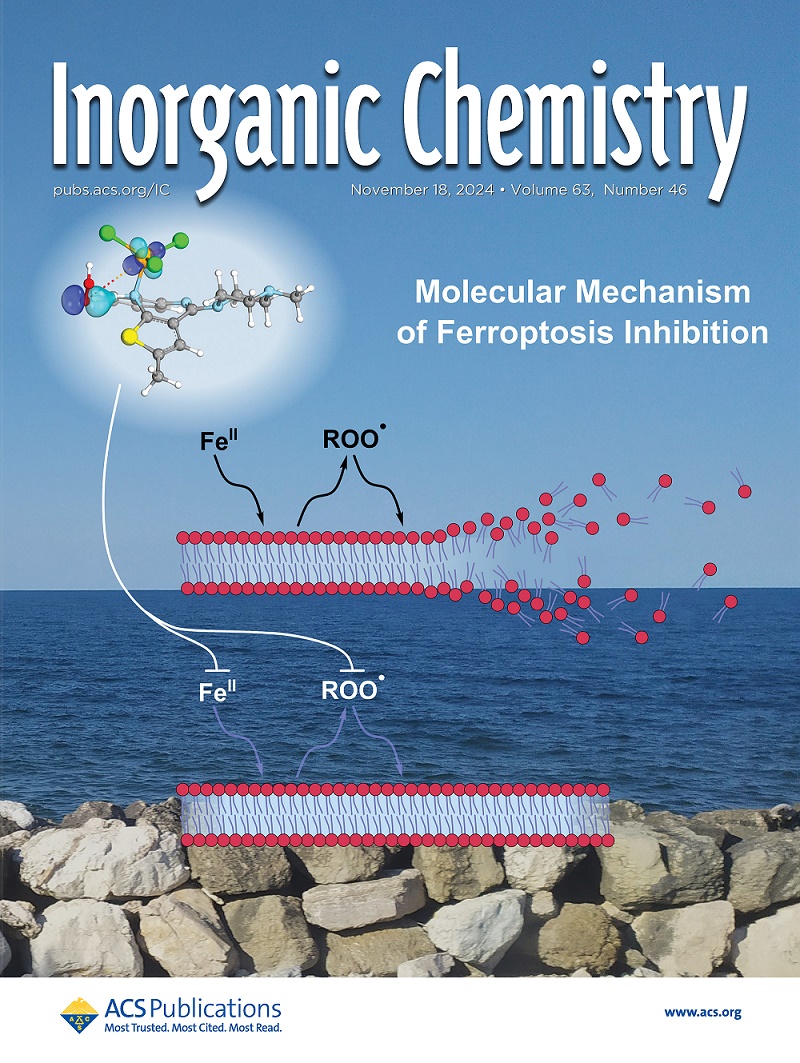Synergistic Effect of Topological Semimetal TiSi and Plasmonic Cu for Enhanced Photoelectrocatalytic Water Splitting of TiO2 Nanorod Array
IF 4.3
2区 化学
Q1 CHEMISTRY, INORGANIC & NUCLEAR
引用次数: 0
Abstract
Developing high-efficiency and low-cost catalysts for PEC water splitting is vital for solving the issues of energy consumption, environmental pollution, and global warming. In this study, we designed and prepared a composite photoanode TiO2/TiSi/Cu by depositing a topological semimetal TiSi film and plasmonic Cu nanoparticles onto a TiO2 nanorod array. Due to the synergistic effect of the topological bands of TiSi and the SPR effect of Cu, TiO2/TiSi/Cu exhibits significantly enhanced optical absorption in the visible-light region. Under wavelength (λ) > 420 nm light irradiation, the photocurrent density of TiO2/TiSi/Cu reaches 4.46 mA cm–2 at 1.9 V vs RHE, about 17.84 times that of pure TiO2. The carrier lifetime is prolonged from 25.04 ns for pure TiO2 to 31.13 ns for TiO2/TiSi/Cu. Furthermore, the TiO2/TiSi/Cu photoanode demonstrates good long-term cyclic stability, with an average hydrogen production rate of 8.12 μmol cm–2 h–1. Our results indicate that the synergistic effect of topological semimetal TiSi and plasmonic Cu is an effective strategy to enhance the PEC performance of TiO2. This approach could be applied to other topological catalysts, providing new opportunities for developing novel and efficient catalysts.

求助全文
约1分钟内获得全文
求助全文
来源期刊

Inorganic Chemistry
化学-无机化学与核化学
CiteScore
7.60
自引率
13.00%
发文量
1960
审稿时长
1.9 months
期刊介绍:
Inorganic Chemistry publishes fundamental studies in all phases of inorganic chemistry. Coverage includes experimental and theoretical reports on quantitative studies of structure and thermodynamics, kinetics, mechanisms of inorganic reactions, bioinorganic chemistry, and relevant aspects of organometallic chemistry, solid-state phenomena, and chemical bonding theory. Emphasis is placed on the synthesis, structure, thermodynamics, reactivity, spectroscopy, and bonding properties of significant new and known compounds.
 求助内容:
求助内容: 应助结果提醒方式:
应助结果提醒方式:


